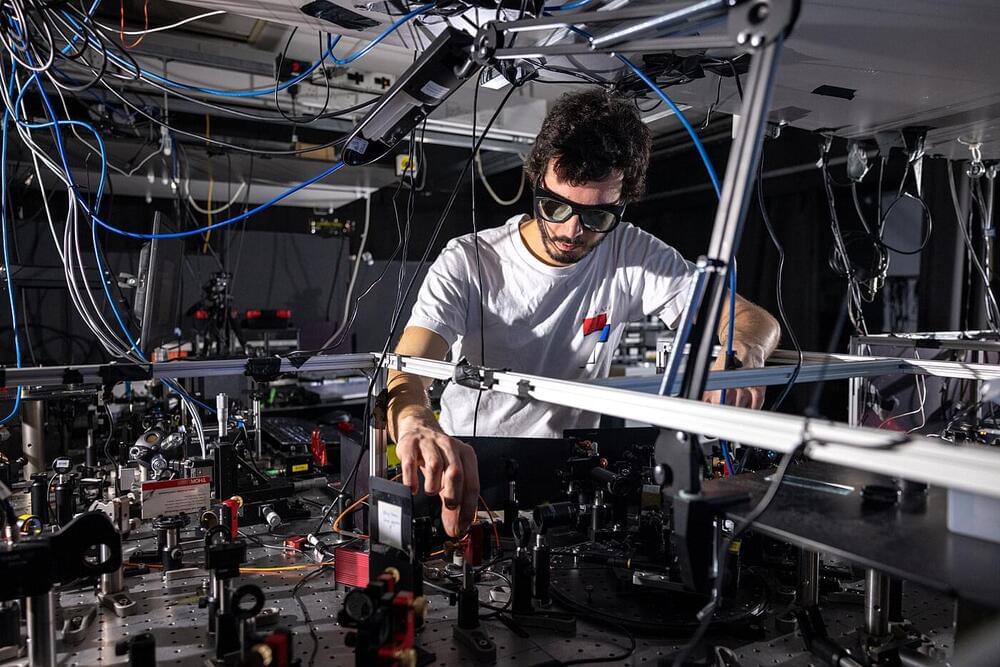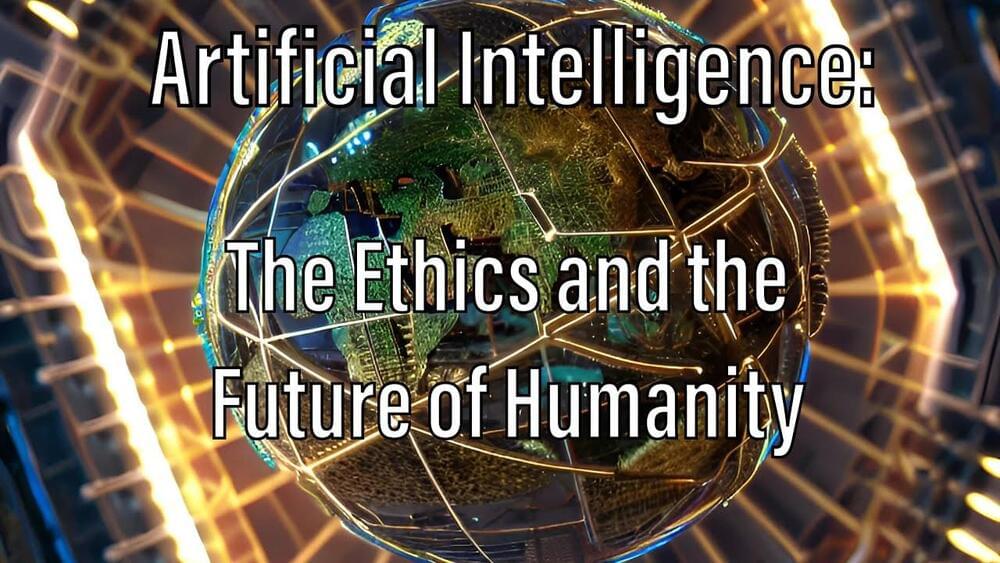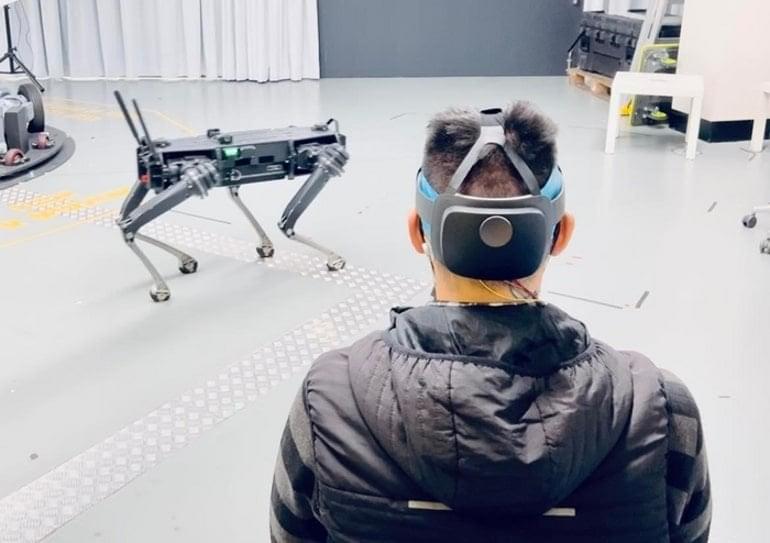If we navigate an uncertain future with a collective sense of agency, we can surf existential hope toward a deep civilization.
In a demonstration that promises to help scale up quantum computers based on tiny dots of silicon, RIKEN physicists have succeeded in connecting two qubits—the basic unit for quantum information—that are physically distant from one another.
Many big IT players—including the likes of IBM, Google and Microsoft—are racing to develop quantum computers, some of which have already demonstrated the ability to greatly outperform conventional computers for certain types of calculations. But one of the greatest challenges to developing commercially viable quantum computers is the ability to scale them up from a hundred or so qubits to millions of qubits.
In terms of technologies, one of the front-runners to achieve large-scale quantum computing is silicon quantum dots that are a few tens of nanometers in diameter. A key advantage is that they can be fabricated using existing silicon fabrication technology. But one hurdle is that, while it is straightforward to connect two quantum dots that are next to each other, it has proved difficult to link quantum dots that are far from each other.
Donald Hoffman and Hannah Critchlow debate the origins of consciousness.
This excerpt was taken from “The key to consciousness,” featuring Sam Coleman, Donald Hoffman, and Hannah Critchlow. Joanna Kavenna hosts.
Watch the full debate at https://iai.tv/video/the-key-to-consciousness?utm_source=You…escription.
#MysteriousConsciousness #ConsciousnessUnlocked #IsConsciousnessMaterial.
Imperial physicists have recreated the famous double-slit experiment, which showed light behaving as particles and a wave, in time rather than space.
The experiment relies on materials that can change their optical properties in fractions of a second, which could be used in new technologies or to explore fundamental questions in physics.
The original double-slit experiment, performed in 1,801 by Thomas Young at the Royal Institution, showed that light acts as a wave. Further experiments, however, showed that light actually behaves as both a wave and as particles—revealing its quantum nature.
Max Planck scientists explore the possibilities of artificial intelligence in materials science and publish their review in the journal Nature Computational Science.
Advanced materials become increasingly complex due to the high requirements they have to fulfil regarding sustainability and applicability. Dierk Raabe, and colleagues reviewed the use of artificial intelligence in materials science and the untapped spaces it opens if combined with physics-based simulations. Compared to traditional simulation methods, AI has several advantages and will play a crucial role in material sciences in the future.
Advanced materials are urgently needed for everyday life, be it in high technology, mobility, infrastructure, green energy or medicine. However, traditional ways of discovering and exploring new materials encounter limits due to the complexity of chemical compositions, structures and targeted properties. Moreover, new materials should not only enable novel applications, but also include sustainable ways of producing, using and recycling them.
A spaceship traveling at warp speed wouldn’t be firing its engines to travel that fast; it’s just being carried by a spacetime bubble. Then if you want to exponentially increase your speed, you build another bubble around that bubble, which in the world of Star Trek is referred to as warp factor two, and then warp factor three, Macdonald says.
Spacetime as we know it is finite, and as such, there is a limit to the number of warp bubbles, or level of warp speed one could theoretically reach. In some shows, this is arbitrarily called warp factor 10, which is when all of spacetime is wrapped around the spaceship. At that point, “you’ve broken all the laws of infinity and you experience all time at all moments,” Macdonald says. “And in the classic Voyager episode of Star Trek, you evolve into lizard people.”
Martin Cooper made the first-ever cellphone call exactly 50 years ago. He says artificial intelligence is the new frontier.
Patreon: https://www.patreon.com/daveshap.
GitHub: https://github.com/daveshap.
Discord: https://discord.gg/yqaBG5rh4j.
Reddit: https://www.reddit.com/r/ArtificialSentience/
Reddit: https://www.reddit.com/r/HeuristicImperatives/
DISCLAIMER: This video is not medical, financial, or legal advice. This is just my personal story and research findings. Always consult a licensed professional.
I work to better myself and the rest of humanity.
Progress is speeding up even as the world barrels toward one of innumerable disasters. What lies ahead, and what should we do when we get there? In the best-case scenario, we may still have control over our direction.
BECOME A PATRON: https://www.patreon.com/TonyTalksBack
Or, make a one-time donation here: https://paypal.me/TonyTalksBack
Follow on social media for updates on new content and releases:
https://www.facebook.com/TonyTalksBack/
https://twitter.com/TonyTalksBack.
All photos made with Wonder AI:
https://www.wonder-ai.com/
Music credits:
Summary: A newly designed dry sensor that can measure brain activity may someday enable mind control of robotic systems.
Source: American Chemical Society.
It sounds like something from science fiction: Don a specialized, electronic headband and control a robot using your mind. But now, recent research published in ACS Applied Nano Materials has taken a step toward making this a reality.








